10 Best Herbal Essential Oils For Leg Cramps
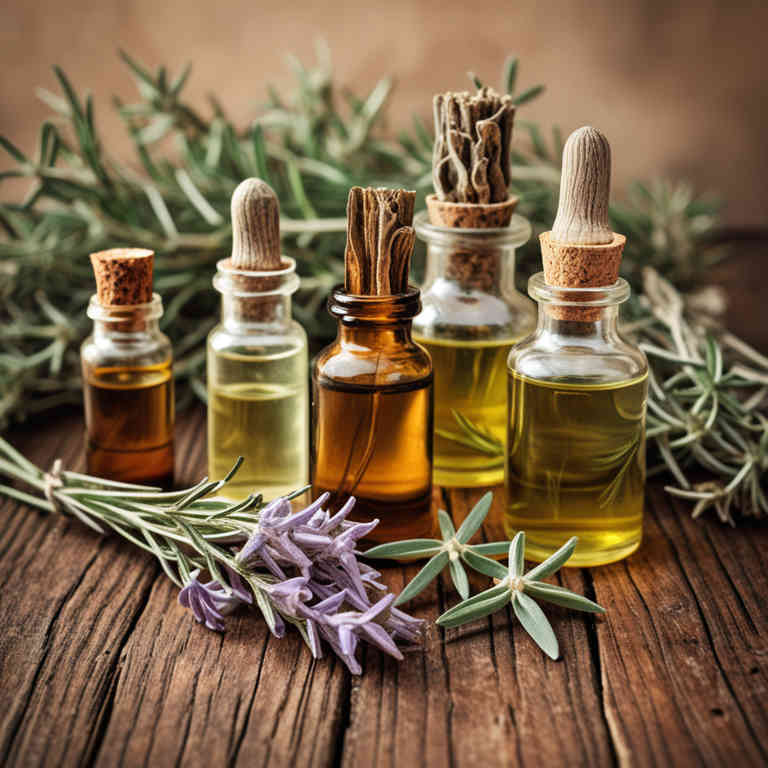
Herbal essential oils such as peppermint, lavender, and eucalyptus are commonly used to alleviate leg cramps due to their soothing and muscle-relaxing properties.
These oils can be applied topically through massage or diluted in a carrier oil to prevent skin irritation, offering a natural alternative to over-the-counter medications. Peppermint oil, in particular, is known for its cooling effect, which can help reduce the intensity of cramps and promote relaxation of the muscles. Lavender oil is often used for its calming properties, which can ease the discomfort and stress associated with leg cramps.
When used consistently and correctly, these essential oils can provide relief and support muscle recovery, making them a valuable addition to a holistic approach to managing leg cramps.
FREE Herb Drying Checklist
How to make sure every batch retains maximum flavor, color, and aroma without the risk of mold or over-drying. Eliminate guesswork and trial-and-error, making herb drying faster, easier, and more efficient every time.
Table of Contents
1. Curcuma longa

Curcuma longa, commonly known as turmeric, contains a bioactive compound called curcumin, which has been studied for its anti-inflammatory and analgesic properties.
Essential oils derived from Curcuma longa may offer potential relief for leg cramps by reducing muscle inflammation and promoting relaxation of muscle tissues. While essential oils are typically used in aromatherapy or topical applications, their effectiveness for leg cramps should be combined with proper dilution and safe usage practices. Some research suggests that the aromatic compounds in turmeric essential oil may help alleviate discomfort associated with muscle spasms and cramping.
However, more clinical studies are needed to fully understand its efficacy and safety for treating leg cramps.
2. Zingiber officinale
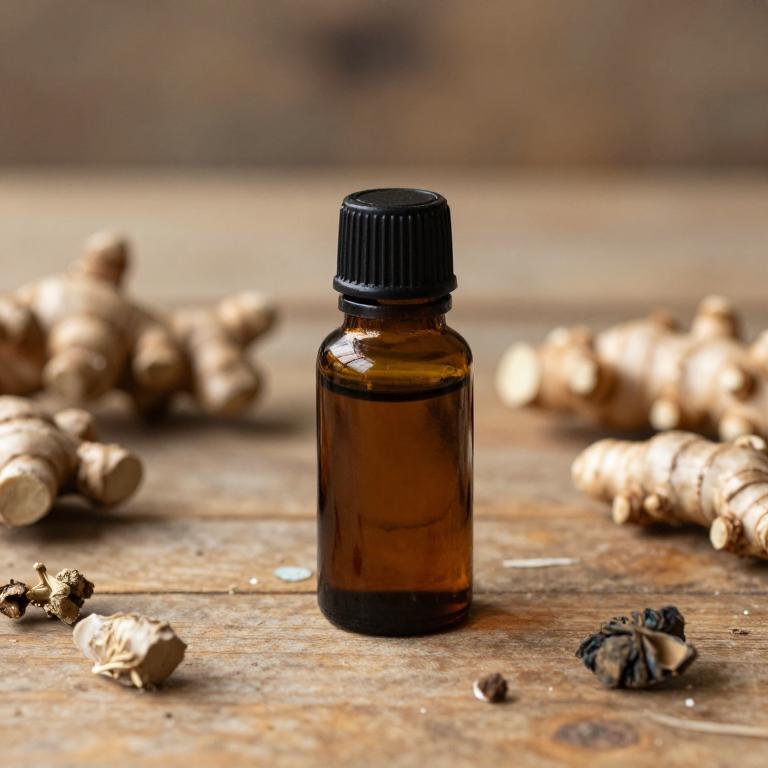
Zingiber officinale, commonly known as ginger, is a popular herbal plant whose essential oils have been traditionally used for their therapeutic properties.
The essential oil of ginger contains compounds like gingerol and shogaol, which possess anti-inflammatory and analgesic effects that may help alleviate muscle pain and cramps. When applied topically, ginger essential oil can improve blood circulation and reduce muscle tension, making it a natural remedy for leg cramps. It is often diluted with a carrier oil before use to prevent skin irritation.
Incorporating ginger essential oil into a massage or aromatherapy routine may provide relief from occasional leg cramps and promote overall muscle relaxation.
3. Vitex agnus-castus

Vitex agnus-castus, commonly known as chasteberry, is a traditional herbal remedy that has been used for centuries to support hormonal balance and alleviate various health issues.
While it is primarily known for its effects on the menstrual cycle and menopause symptoms, some studies suggest that its essential oil may have muscle-relaxing properties that could help ease leg cramps. The essential oil of vitex is often used in aromatherapy and topical applications to promote relaxation and reduce tension in the muscles. However, it is important to note that scientific evidence specifically linking vitex essential oil to the relief of leg cramps is limited, and more research is needed to confirm its efficacy.
As with any herbal remedy, it is advisable to consult with a healthcare professional before using vitex agnus-castus essential oil, especially if you have underlying health conditions or are taking other medications.
4. Lavandula angustifolia
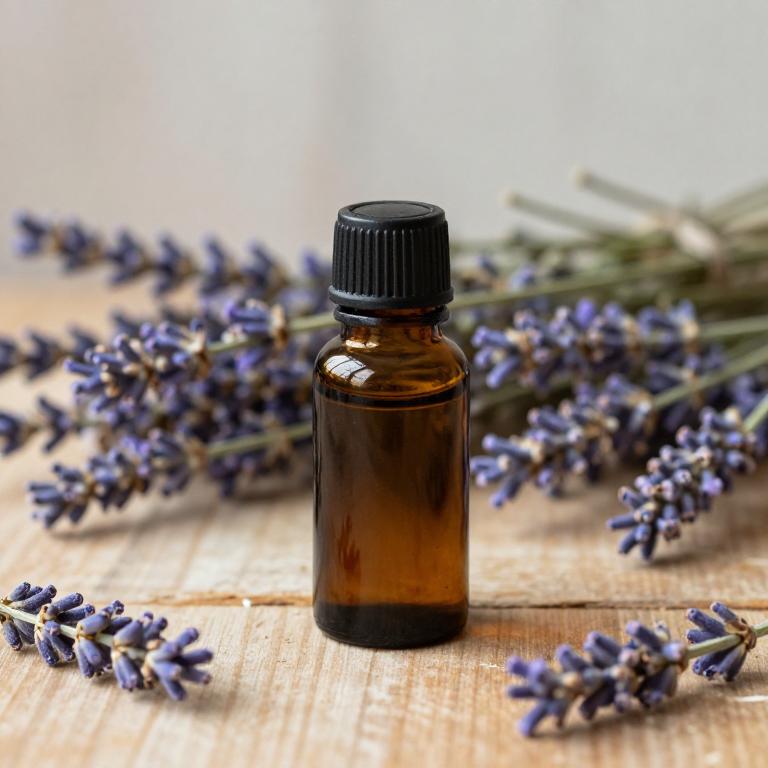
Lavandula angustifolia, commonly known as English lavender, is widely recognized for its calming and soothing properties, making its essential oil a popular choice for alleviating leg cramps.
The essential oil is derived through steam distillation of the flowers and contains compounds like linalyl acetate and linalool, which are known for their muscle-relaxing and anti-inflammatory effects. When applied topically, lavender essential oil can help reduce the intensity and frequency of leg cramps by easing muscle tension and promoting relaxation. It is often diluted with a carrier oil before application to avoid skin irritation and enhance absorption.
Additionally, the pleasant aroma of lavender essential oil can help reduce stress and anxiety, which are common contributors to muscle spasms and cramps.
5. Piper nigrum
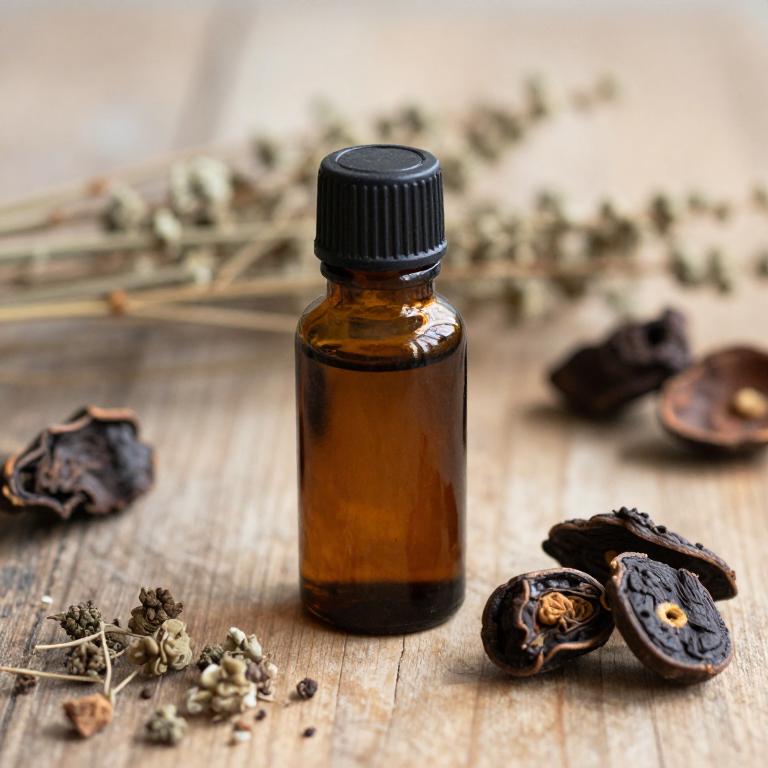
Piper nigrum, commonly known as black pepper, contains essential oils that have been traditionally used for their warming and stimulating properties.
These oils may help alleviate leg cramps by improving circulation and relaxing muscle tension through their analgesic and anti-inflammatory effects. The active compounds in black pepper essential oil, such as piperine, are believed to enhance the body's natural pain-relieving mechanisms. When diluted and applied topically, the oil can provide localized relief for muscle spasms and cramps.
However, it is important to consult a healthcare professional before using essential oils, especially for persistent or severe leg cramps.
6. Achillea millefolium
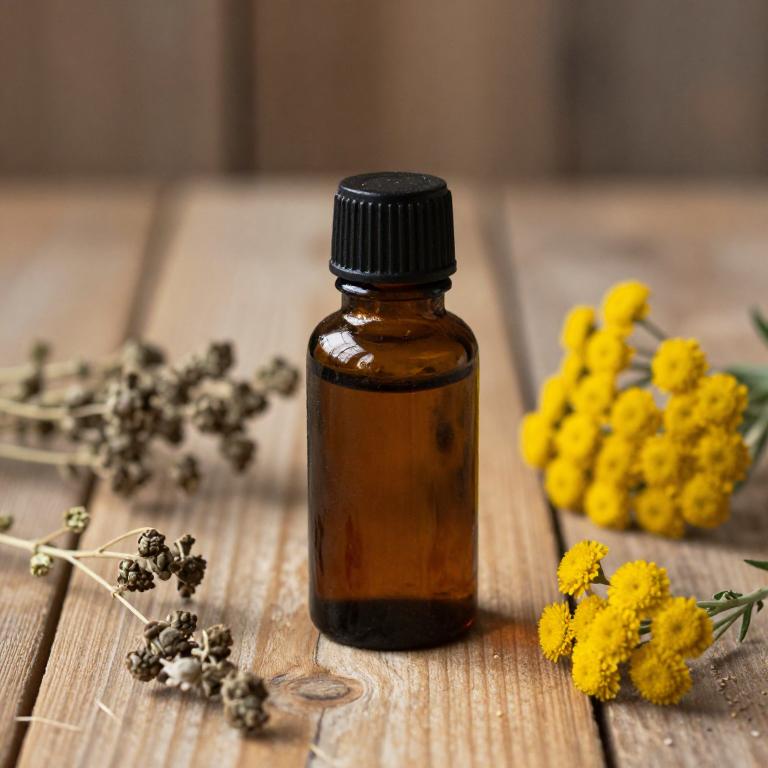
Achillea millefolium, commonly known as yarrow, contains essential oils that have been traditionally used for their anti-inflammatory and analgesic properties.
These oils, derived from the plant's flowers and leaves, may help alleviate muscle pain and reduce inflammation associated with leg cramps. The presence of compounds like azulene and chamazulene in the essential oil contributes to its soothing and muscle-relaxing effects. When used in aromatherapy or diluted topical applications, yarrow essential oil can provide relief by promoting circulation and easing muscle tension.
However, it is important to consult a healthcare professional before using essential oils, especially for individuals with sensitive skin or existing medical conditions.
7. Eucalyptus globulus
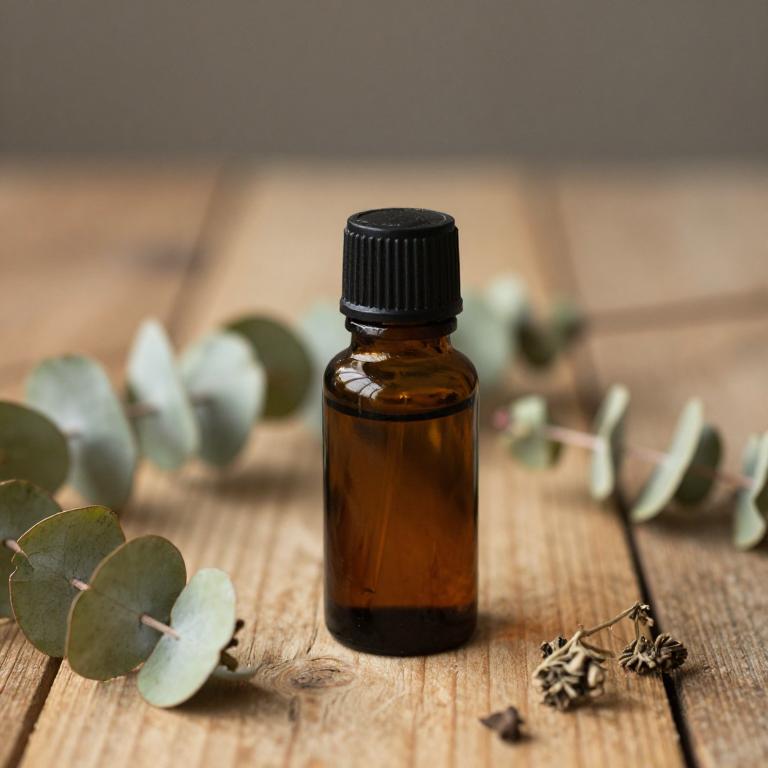
Eucalyptus globulus, commonly known as eucalyptus oil, is a popular herbal essential oil derived from the leaves of the eucalyptus tree.
It is widely used for its aromatic and therapeutic properties, including its ability to alleviate muscle pain and inflammation. When applied topically to the affected area, eucalyptus oil can help relax tense muscles and reduce the discomfort of leg cramps. Its active compounds, such as cineole and terpenes, contribute to its analgesic and anti-inflammatory effects.
However, it should always be diluted with a carrier oil before application to avoid skin irritation and ensure safe use.
8. Rosmarinus officinalis
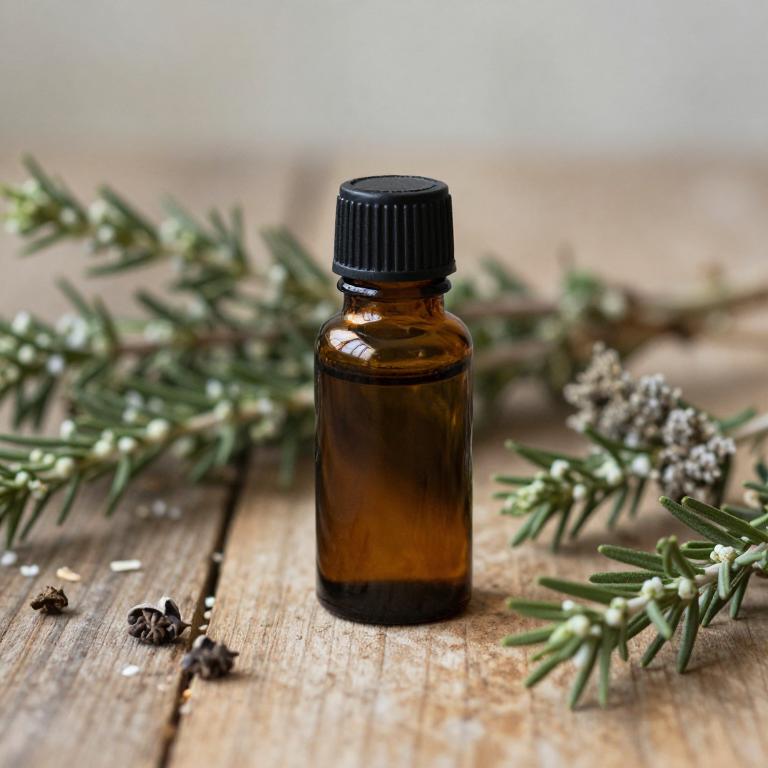
Rosmarinus officinalis, commonly known as rosemary, is a herb widely used for its aromatic and therapeutic properties, including the production of essential oils that may help alleviate leg cramps.
The essential oil of rosemary contains compounds like cineole and camphor, which have been shown to improve circulation and reduce muscle tension. When used topically, rosemary essential oil can help relax the muscles and ease the discomfort associated with leg cramps. It is often diluted with a carrier oil before application to prevent skin irritation.
Additionally, some studies suggest that the aromatic properties of rosemary essential oil may have a calming effect, further supporting muscle relaxation and relief from cramps.
9. Salvia officinalis
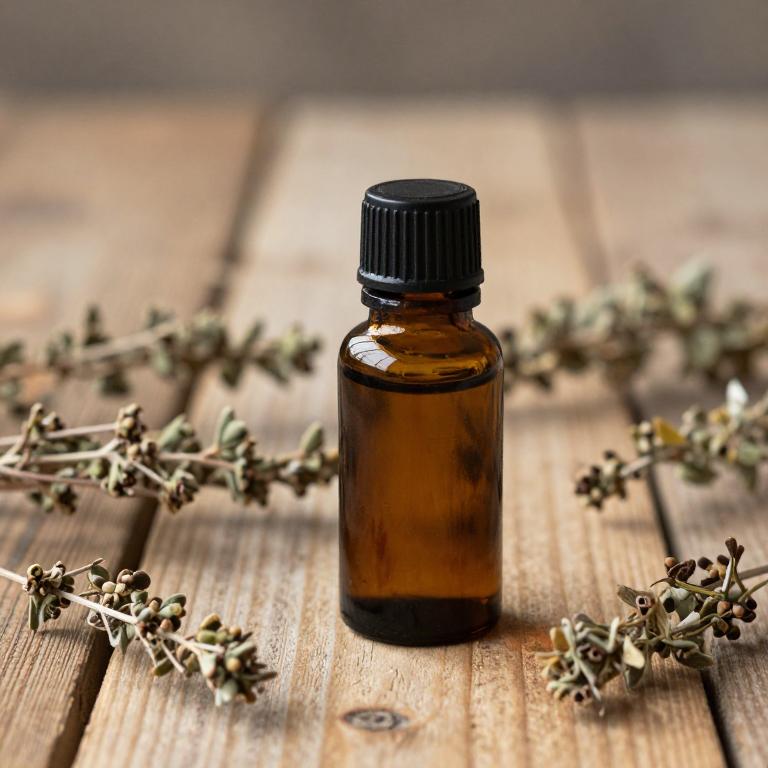
Salvia officinalis, commonly known as sage, contains essential oils that have been traditionally used for their calming and muscle-relaxing properties.
These essential oils, particularly those rich in compounds like thujone and camphor, may help alleviate leg cramps by reducing muscle tension and promoting relaxation. When diluted and applied topically, sage essential oil can provide localized relief by improving circulation and soothing sore muscles. Its antispasmodic effects make it a potential natural remedy for occasional muscle spasms and cramps.
However, it is important to use sage essential oil with caution, as it can be potent and may cause irritation if not properly diluted.
10. Cinnamomum verum

Cinnamomum verum, commonly known as true cinnamon, contains essential oils that have been traditionally used for their warming and circulatory benefits.
These oils, derived from the bark of the cinnamon tree, contain compounds like cinnamaldehyde and eugenol, which may help alleviate muscle tension and improve blood flow. When applied topically, cinnamon essential oil can provide a soothing effect on sore or cramping muscles, making it a popular choice for relieving leg cramps. However, it is important to dilute the oil with a carrier oil before application to avoid skin irritation.
While some studies suggest its potential benefits, more research is needed to fully understand its effectiveness for muscle cramps.